#include <graphics.h>
#include <conio.h>
int main()
{
int gd = DETECT, gm;
initgraph(&gd,&gm, "");
for (int i=200;i<400;i=i+25)
{
for (int j=200;j<400;j=j+25)
{
circle(i,j,100);
}
}
getch();
closegraph();
return 0;
}
I download http://winbgim.codecutter.org/ extract and copy-paste
graphics.h
winbgim.h
libbgi.a
I set Settings => Compiler => Linker settings. and add -lbgi -lgdi32 -lcomdlg32 -luuid -loleaut32 -lole32
I change line 302 as int left=0, int top=0, int right=INT_MAX, int bottom=INT_MAX,
and im using .cpp not .c but there is still no outputs
output

